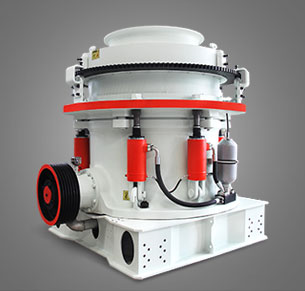A primary crusher for feldspar is typically selected based on the material’s hardness, abrasiveness, and feed size. Feldspar, a common rock-forming mineral with a Mohs hardness of 6–6.5, requires robust crushing equipment. Here are the most suitable options:
.jpg) 1. Jaw Crusher (Best for Primary Crushing)
1. Jaw Crusher (Best for Primary Crushing)
– Why? Handles large feed sizes (up to 1,500 mm), high crushing ratio, and simple structure.
– Advantages:
– Good for hard and abrasive materials like feldspar.
– Low maintenance and cost-effective.
– Disadvantages:
– Produces more fines compared to gyratory crushers.
2. Gyratory Crusher (For Large-Scale Operations)
– Why? Suitable for high-capacity crushing (e.g., mining or large quarry operations).
– Advantages:
– Continuous crushing action, higher efficiency than jaw crushers.
– Better for abrasive materials with less wear on mantles.
– Disadvantages:
– Higher initial cost and complex maintenance.
3. Impact Crusher (If Feldspar is Less Abrasive)
– Why? Can be used if the feldspar has lower silica content (less abrasive).
– Advantages:
– Produces a more cubicle product shape.
– Good for medium-hardness minerals.
– Disadvantages:
– Not ideal for highly abrasive feldspar (high wear on blow bars).
Key Considerations When Choosing a Primary Crusher:
– Feed Size: Jaw or gyratory crushers handle larger rocks (>1m).
– Capacity Requirement: Gyratory crushers are better for high-tonnage operations.
– Downstream Process: If further grinding is needed, jaw/gyratory is preferred; impact crushers may produce excessive fines.
 Recommended Choice:
Recommended Choice:
For most feldspar mining or processing plants, a jaw crusher is the best primary option due to its reliability, simplicity, and cost-effectiveness.
Would you like recommendations on secondary crushing or grinding equipment for feldspar processing?




